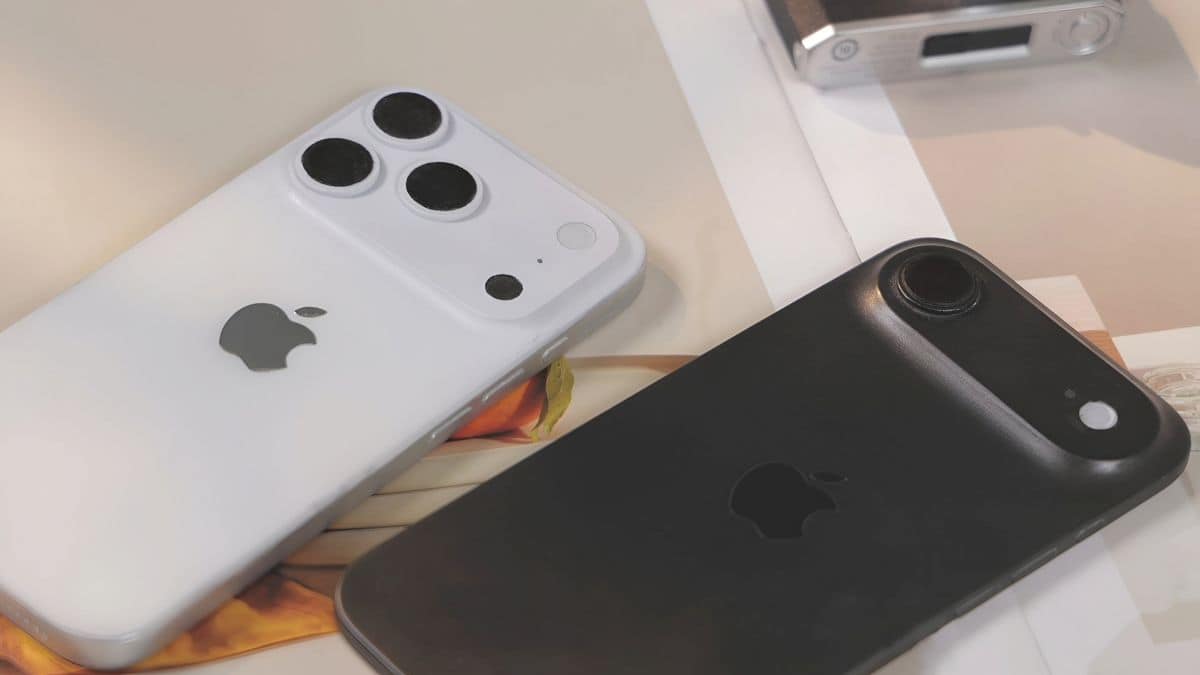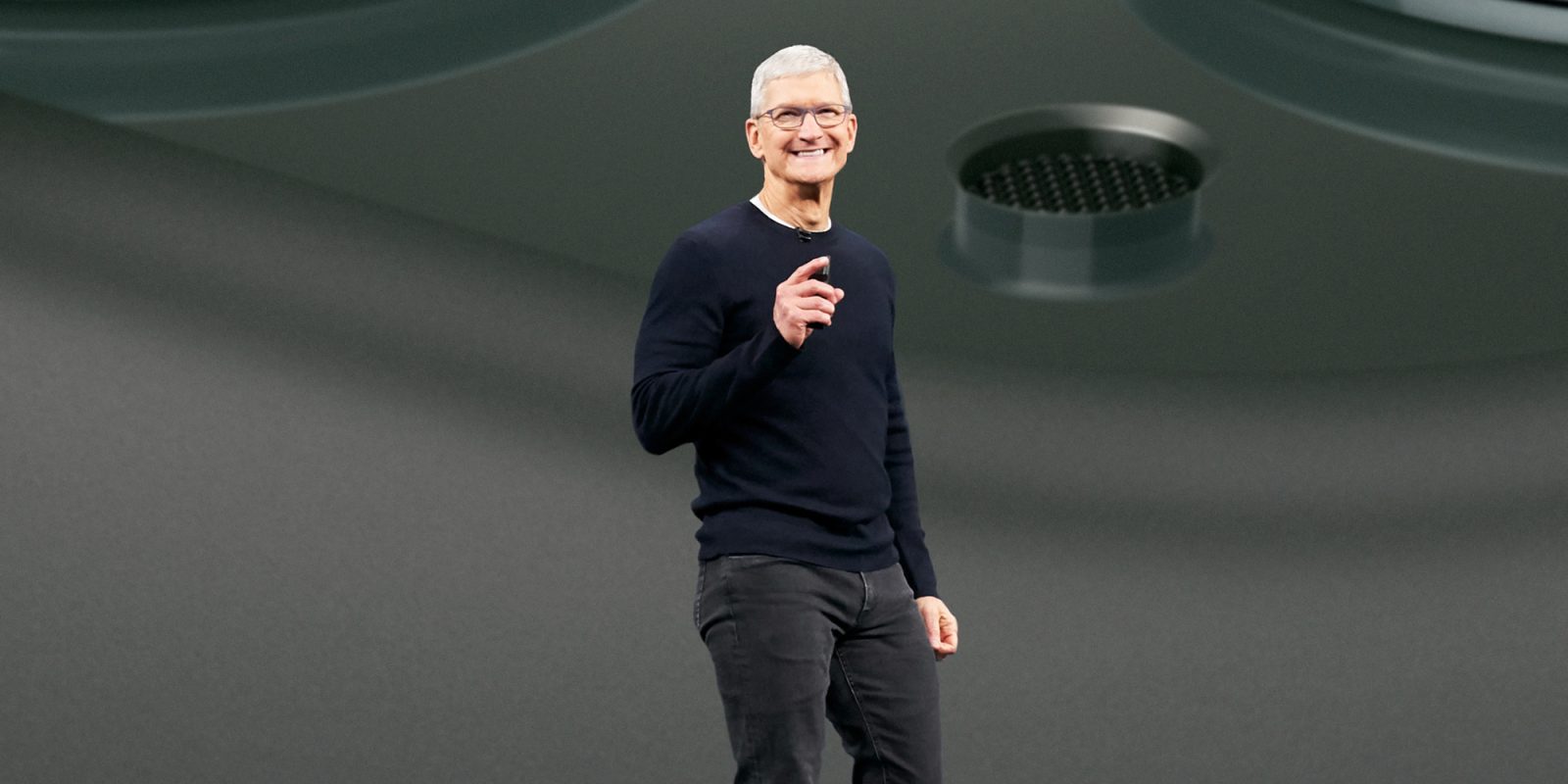Apple’s iPhone 16 series marks a significant shift by replacing the traditional Lightning connector with a USB-C port across all models. This transition not only aligns the iPhone with other Apple devices but also broadens its compatibility with a wide array of accessories and peripherals. Notably, the iPhone 16 Pro and Pro Max models support USB 3 speeds, enabling data transfer rates up to 10 Gbps.
Universal USB-C Charging
The adoption of USB-C allows users to utilize a single cable to charge multiple devices, including the latest iPads, Macs, and even the newest Apple TV remote. The iPhone 16 comes with a high-quality woven USB-C cable designed primarily for charging. For optimal charging performance, using a 30-watt power adapter is recommended, facilitating a 0 to 50% charge in approximately 30 minutes. Higher wattage adapters, such as those provided with MacBooks, are also compatible and safe to use.
Charging Other Devices with iPhone 16
The iPhone 16’s USB-C port can output around 4.5 watts of power, enabling it to charge other devices. This feature is particularly useful for topping up accessories like AirPods or even charging another iPhone by connecting them with a USB-C cable.
Connecting to External Displays
The USB-C port facilitates direct connection to external displays. By using a USB-C to HDMI cable, users can mirror their iPhone screen on a 4K TV or monitor. For extended sessions, such as gaming, the Apple USB-C Digital AV adapter is recommended, offering HDMI connectivity, continuous charging, and USB-C passthrough in one device.
Expanding Storage with External Drives and SD Cards
Users can connect USB-C hard drives or SD card readers to the iPhone 16 and manage files directly through the Files app. This functionality is beneficial for photographers who can import photos directly from an SD card to the Photos app. The iPhone 16 Pro models allow recording ProRes 4K videos at up to 120 FPS directly to USB 3 storage devices, thanks to the A18 Pro chip’s capabilities.
Connecting Peripherals and Accessories
The USB-C port supports a variety of plug-and-play accessories without the need for additional drivers. Users can connect USB keyboards, microphones, Ethernet adapters, and MIDI keyboards, enhancing the device’s versatility for tasks like typing, recording, and music composition.
Wired Audio Options
For those who prefer wired audio, the USB-C port allows connection to USB-C headphones, including Apple’s USB-C EarPods. These headphones are compatible across devices with USB-C ports, such as iPads and Macs, providing a seamless audio experience.
Utilizing Multi-Port Hubs
The flexibility of USB-C enables the use of multi-port hubs, allowing users to connect multiple peripherals simultaneously. For instance, a 5-in-1 hub can provide connections for external displays, power input, USB accessories, and more. It’s important to note that the iPhone can power a hub up to 4.5 watts; therefore, power-intensive accessories may require an external power source.
In summary, the integration of the USB-C port in the iPhone 16 series significantly enhances the device’s functionality, offering users a unified and versatile interface for charging, data transfer, and connectivity with a broad range of accessories.



